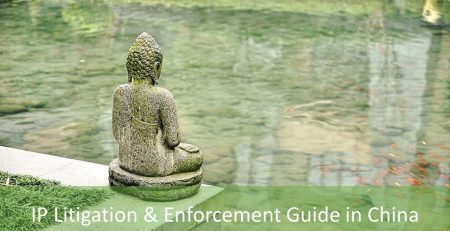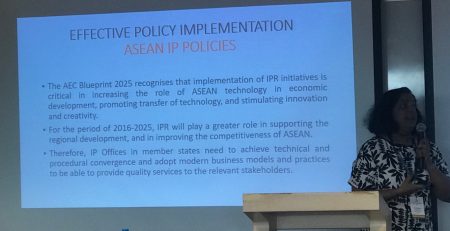A look at the fourth time revised China’s Patent Law
The 22nd Session of the Standing Committee of the 13th National People’s Congress debated and endorsed the Decision on Amending the Patent Law, and the modified Patent Law has been implemented since June 1, 2021.
The present modification to the Patent Law is based on three principles: (1) increasing patent protection; (2) encouraging patent working and application; and (3) improving the patent granting system.
Patent protection is being strengthened
At the moment, there is a disconnect between the effect of patent protection and the expectations of patent holders, with concerns like difficulties in adducing evidence, excessive costs, small damages, and so on afflicting intellectual rights defense. The Patent Law contains the following measures in order to increase the penalties for infringement and make infringers pay a high price.
The installation of a system of punitive damages. Punitive damages are now included in both the Trademark Law and the Copyright Law, which were recently modified. In the context of improving intellectual property protection, punitive penalties of not less than one time and not more than five times are granted in cases of intentional patent infringement if the circumstances are serious.
The order in which the basic methodologies for assessing infringement damages are used is being reconsidered. Both the loss sustained by rights holders and the profits gained by infringers are difficult to assess, according to the court system, and considering the rights holder’s losses and the infringer’s benefits in order increases the burden unduly. The revised Patent Law eliminates the sequence of application of the two, based on existing adjudication practice.
The rules of evidence are being improved. The Trademark Law was invoked to address the difficulty of adducing evidence in patent infringement litigation and to relieve patent holders of their burden of proof. The Trademark Law states that “for the purposes of determining the measure of damages, the People’s Court may, where the rights holder has used its best efforts to adduce evidence and the account books and information relating to the infringement are mainly in the infringer’s possession, order the infringer to produce the account books and information.
Moreover, the Patent Law increases the term of protection for design patents to 15 years; adds a system of patent term compensation for delays in the examination of invention patents; provides for compensation in the patent term for the time spent reviewing and approving the marketing of new drugs, and adds a procedure for early settlement of pharmaceutical patent disputes; improves the system of administrative patent protection; and establishes a procedure for early settlement of pharmaceutical patent disputes.
The Patent Law introduces the following requirements in order to address the issue of insufficient patent transformation.
- Improving the provisions for service inventions. Certain institutions of higher education and research institutes have explored agreeing with their scientific researchers in advance on sharing the patent application rights for, and patent rights in, service inventions and actively guided the market transformation thereof, achieving fine results in doing so. However, some experts fear that this could lead to an erosion of state-owned assets. To avoid this, it is expressly provided that “the entity in question may lawfully dispose of its right to file for a patent for, and its patent rights in, its service inventions”, and entities that have been granted patents are encouraged to implement property right incentives.
- Addition of a system of open licenses for patents. By expressly providing that a patent holder can voluntarily declare in writing to the State Council’s patent authority that a patent is open for licensing, the concern that open licenses become a way to compel foreign patent holders to transfer their technology is relieved. Furthermore, with a view to encouraging patent holders to voluntarily submit open licensing declarations, the annual patent fee payable may be reduced or exempted for the “term of working of the open license”.
Furthermore, the new Patent Law mandates that the State Council’s patent authority improve the development of the patent information public service system and disseminate patent information that is full, accurate, and timely.
The Patent Law, as revised for the fourth time, is of considerable importance for maintaining the legitimate rights and interests of patent holders and stimulating innovation, as evidenced by the above amendments, which summarize years of actual experience and rely on international patent laws.
***Other Articles***
– You could see How To Register Trademark in China here.
– You could visit here to see Procedure of Trademark in China.
– You could visit here to check Required documents of filing trademark in China.
Contact AAA IPRIGHT: Email: [email protected]
Or sending your inquiry by filling the form:










